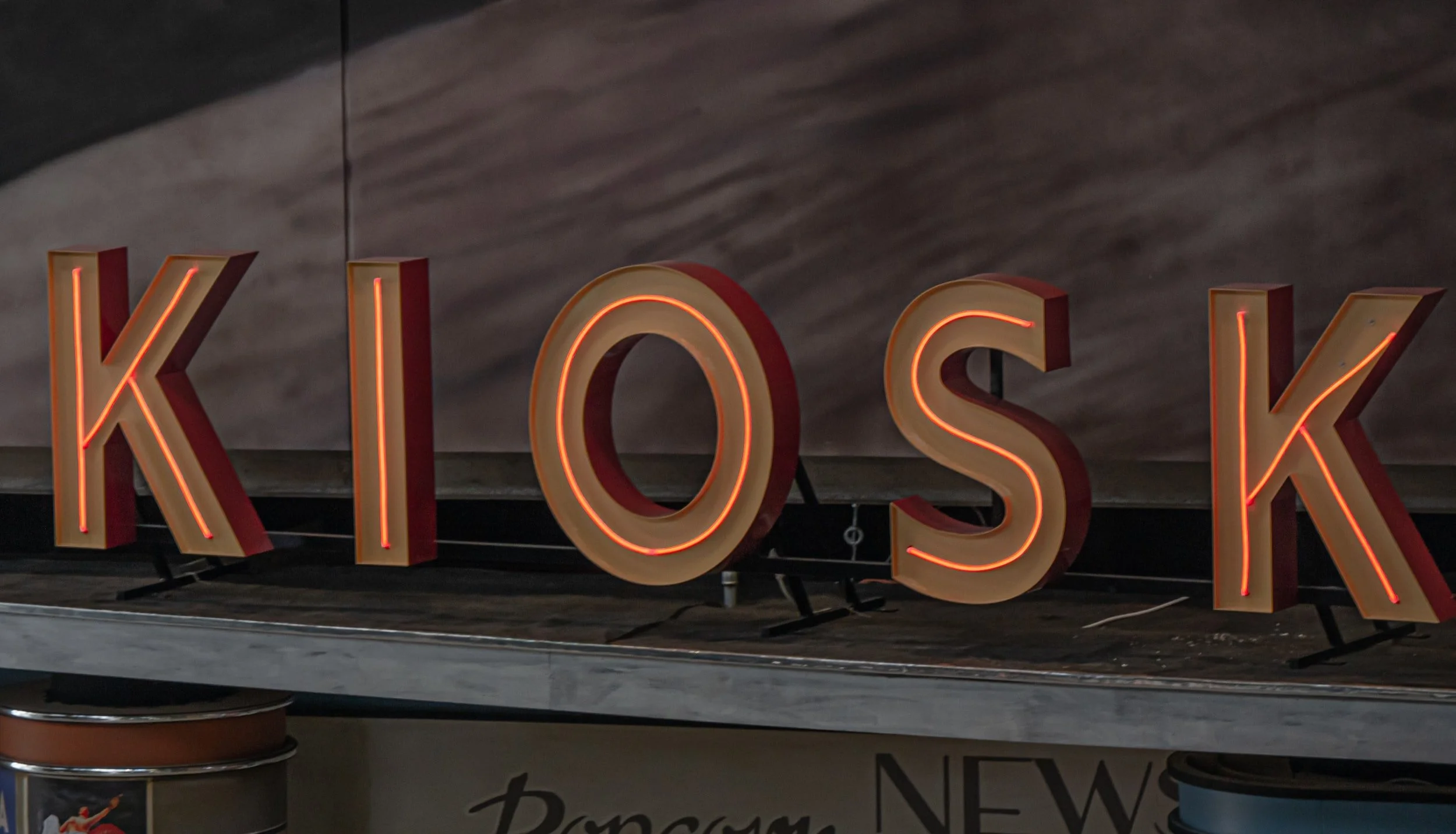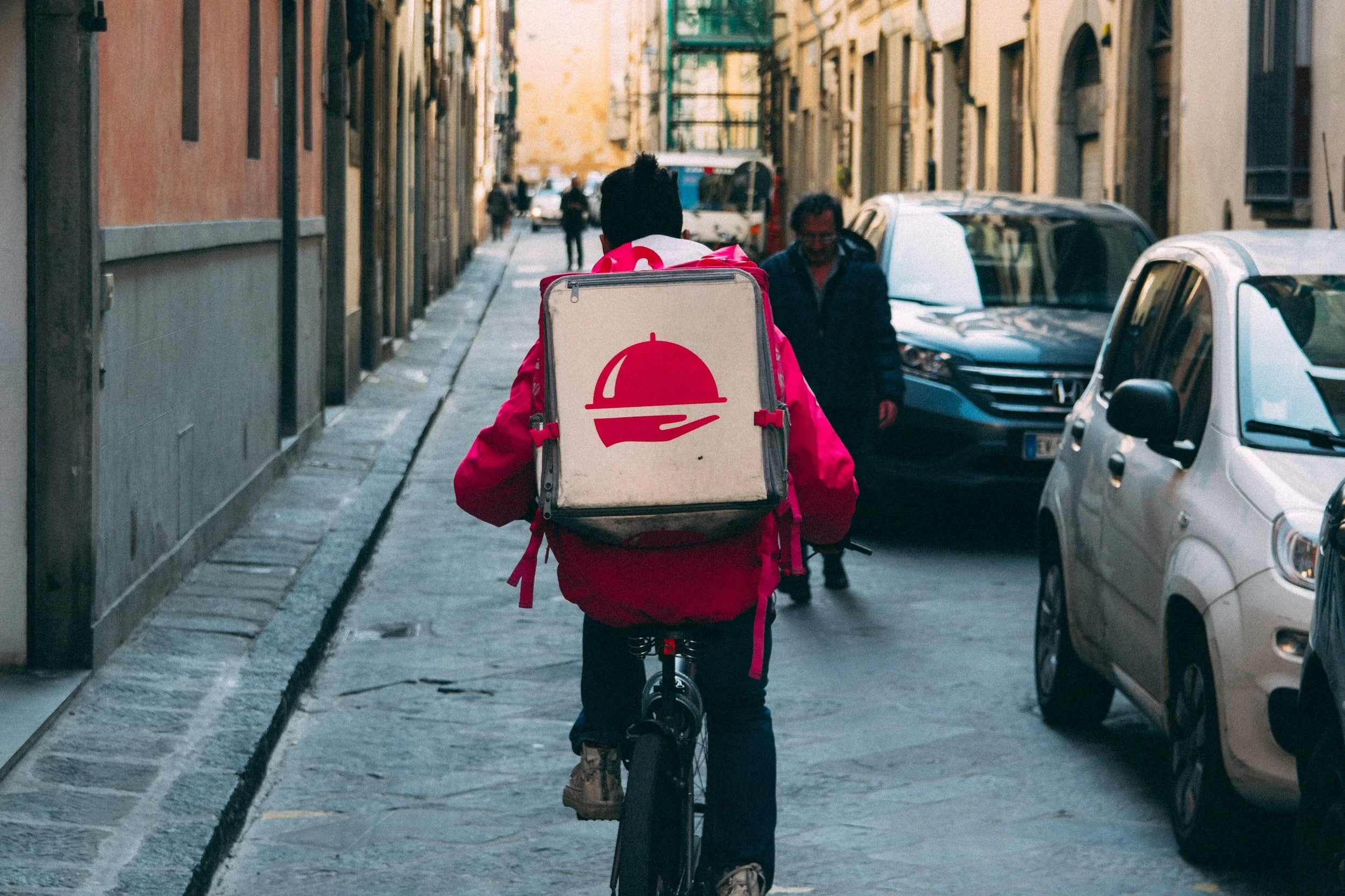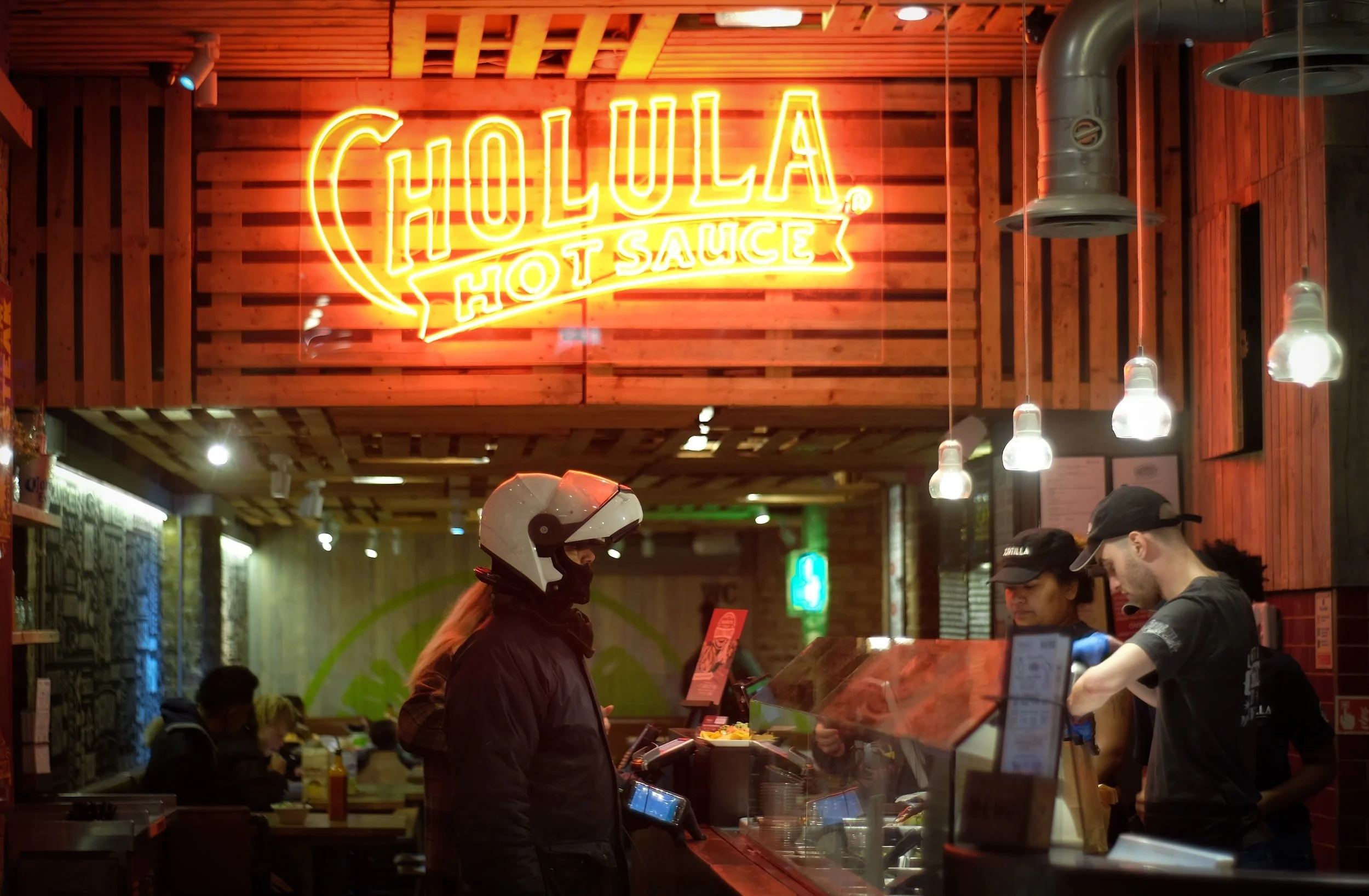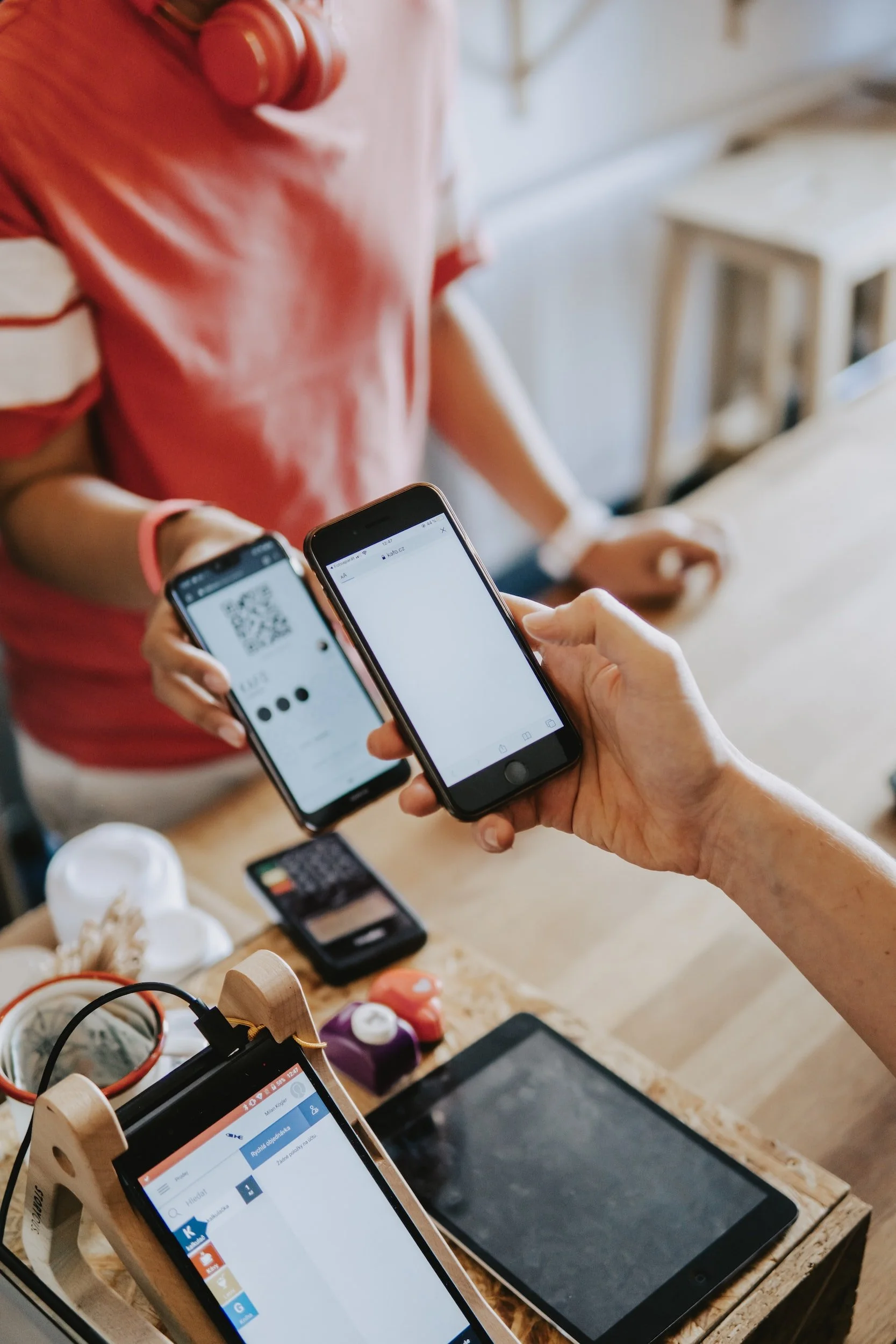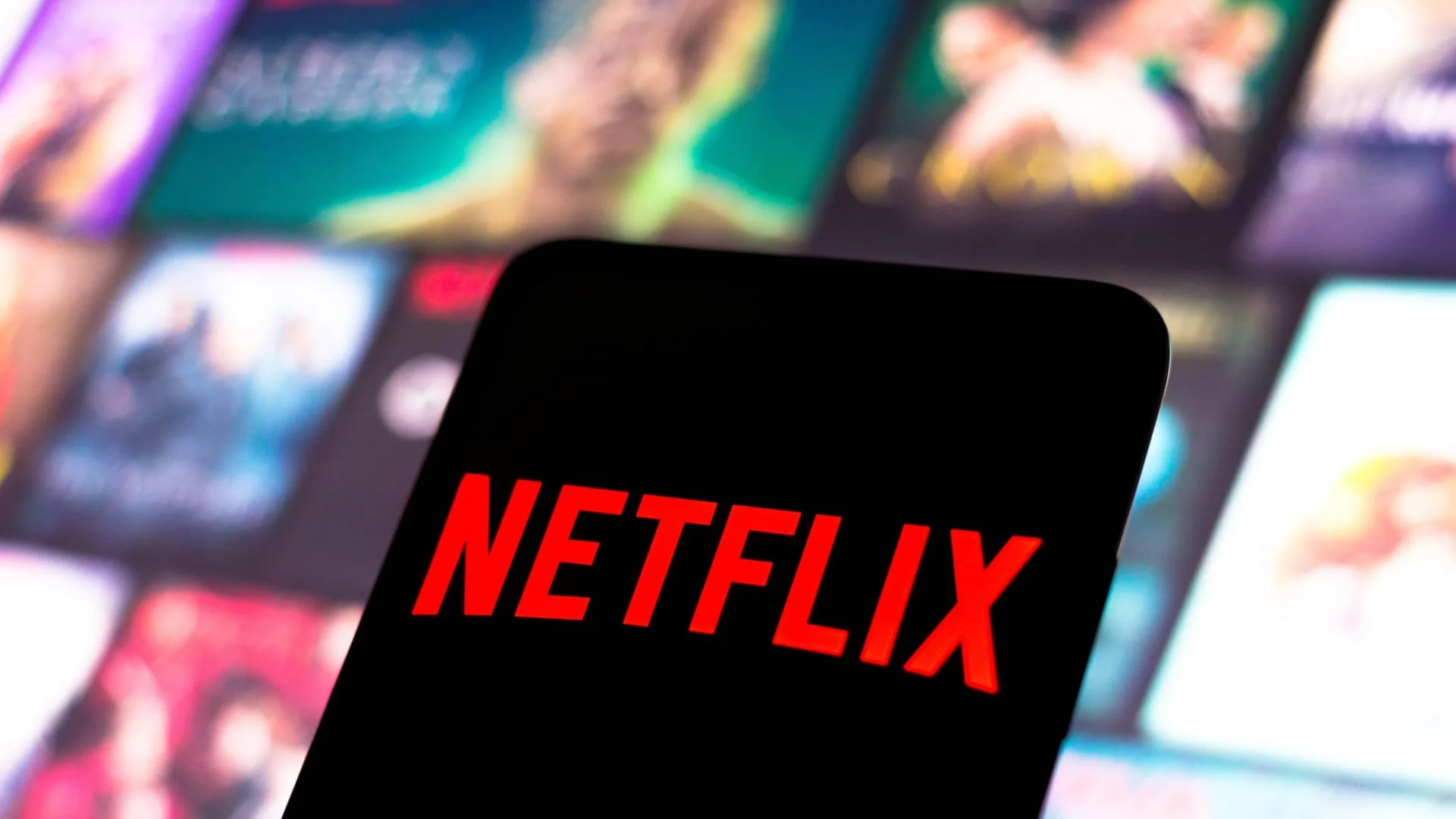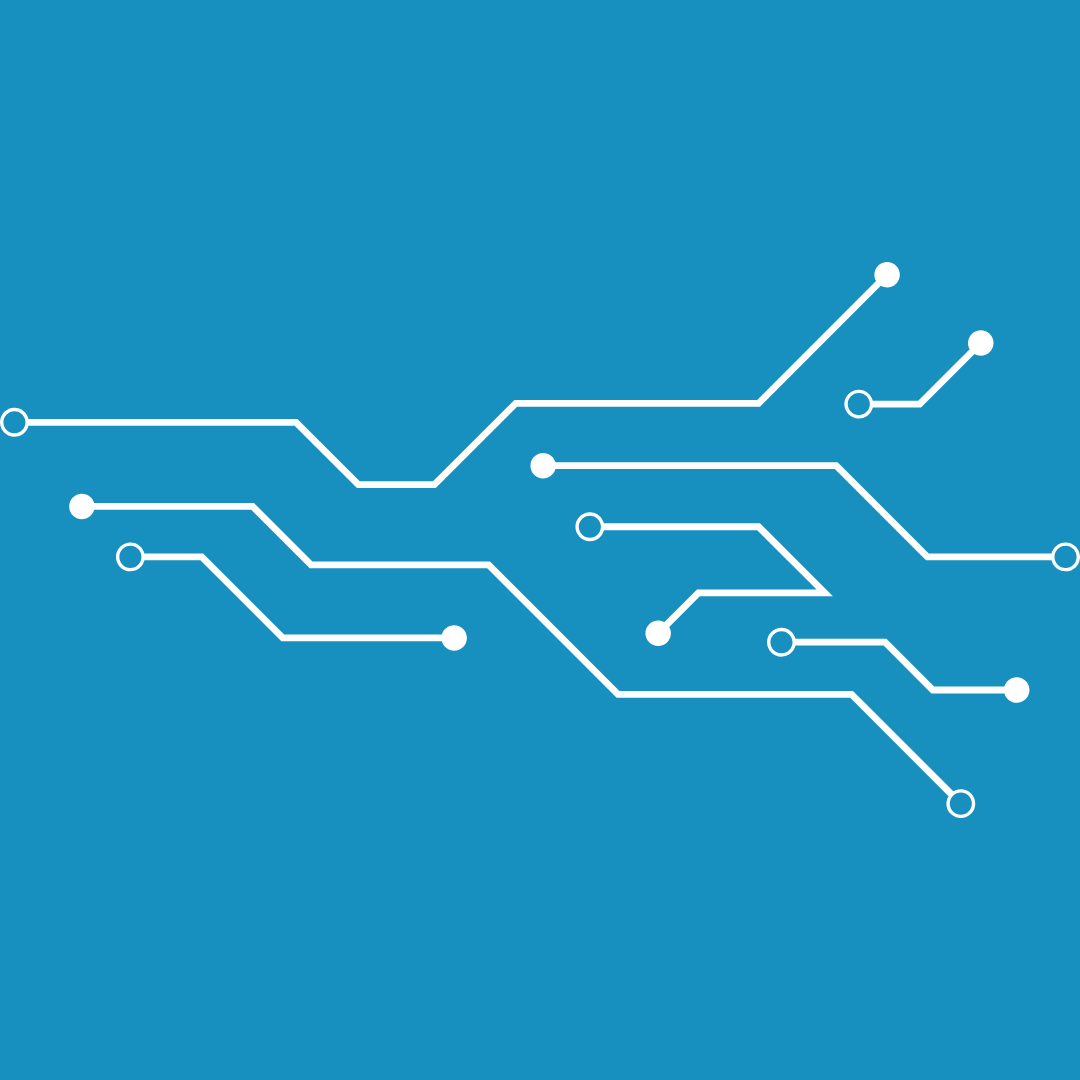Your QSR or fast-casual restaurant has really blossomed in your country. It’s time to expand, and you’re thinking internationally. What should you consider before making that big leap? In a recent episode of Digital Dish, we talked with Tillster CMO Hope Neiman about the challenges of taking a restaurant chain multi-national. Hope has a deep background in this area and shared some fascinating insights on what brands need to know to make a successful expansion. We’ve distilled some of the key points in this article.
3 Ways To Reduce Your One And Done Guests
6 Benefits of Giving Your Restaurant Guests Single User IDs
No one will argue that a high-performing tech stack is crucial to quick service and fast casual restaurant operations. It streamlines the flow of information between the front and back of the house, reduces errors, increases efficiency, and promotes a good customer experience.
There are multiple ways to ensure this information flow is working smoothly; one of them is assigning customers a single user ID within your restaurant’s ecosystem. This provides a variety of benefits, including enhancing personalization and influencing the guest’s path to purchase. It also increases your restaurant’s current and future ROI. But before we delve into the reasons why you’d want to assign customers unique user IDs, let’s explain what these IDs are and how they work.
Sign Up For The Tillster Tidbits Newsletter
Are you ready to take your restaurant to soaring heights of success? Tillster Tidbits is your exclusive ticket to unlocking the secrets of the industry, where original research and cutting-edge technology insights converge.
Join our vibrant community of restaurant executives in the quick-service space, spanning marketing, operations, and IT, and gain a competitive edge like never before. Our curated newsletter delivers a treasure trove of valuable knowledge straight to your inbox, empowering you to make informed decisions and revolutionize your business.
5 Restaurant Tech Trends You Need To Know In 2023
2022 saw QSRs’ continued embrace of digitalization. Part of this was due to lingering pandemic issues, such as the labor shortage; part was due to the realization that tech- and data-centric paradigms are here to stay. As we get ready for the second quarter of 2023, what tech trends should QSR leaders keep on the radar? Read our latest article to find out.
How Two QSR Brands Lifted AOV by up to 50% With Tillster
As we explored in an earlier case study, there’s an assumption that only large-value offers will do the trick. But as the results demonstrated, that’s not necessarily true. Correctly segmenting customers and matching them with targeted offers – as we did with these two restaurant chains – will answer both cases. And it’ll do it with less overhead.
A Quick Guide To Kiosk User Interface Design
Self-service kiosks have become a familiar sight in quick-service restaurants. They’re a customer favorite, thanks to their efficiency and ability to mitigate the pain of a long line during the lunch rush. However, it’s a mistake to assume that all kiosks simply arrive with an ideal customer experience out of the box. On the contrary; it’s a well-documented occurrence that customers will get frustrated with a kiosk and abandon their order if they can’t understand the navigation, menu, interface, or payment system. You can avoid this and provide your customers with a good kiosk experience by applying the laws of UX (User Experience) to kiosk interface design.
4 Best Practices To Building A Profitable Delivery Menu
How order throttling can improve your delivery & kitchen operations
It’s 6 pm on a Saturday night. What’s the state of your restaurant’s kitchen?
If you offer order delivery, your workers are probably busy. Maybe a little too busy – nobody likes that slammed feeling. On the flip side, customers who place a delivery request during peak order times don’t like a long wait for their food. How can you meet customer expectations without pushing your kitchen and delivery staff beyond their limits?
How about order throttling?
4 Ways An Online Ordering Platform Can Help Reduce Food Waste
From any standpoint – environmental, business, or aligning with current restaurant trends – reducing food waste makes sense. And, with the right tech tools, it can be easier than QSR operators realize. In this article, we’ll explain how digital ordering platforms can help restaurants operate more efficiently and thus reduce the amount of food waste they create.
Tillster CMO, Hope Neiman, Speaking At RLC 2023
Join us at our upcoming innovation session at RLC 2023, where Tillster's Chief Marketing Officer, Hope Neiman, will share our latest consumer research study.
At the session, you'll learn what customers want post-COVID from digital and multi-channel experiences. You'll also discover what the future QSR and fast-casual landscape look like. From mobile apps to kiosks, we'll examine how consumers want to engage with your brand. You'll gain insights into what they love and what makes them say "eh".
4 Reasons Loyalty Programs Fail And How To Fix Them
6 Ways Data Analytics Can Improve Your Menu Design
In a QSR setting, menus are doubly important; they’re the primary way we communicate with the customer about our offers. In this article, we’ll look at the importance of your menus. Then we’ll delve into how you can make smarter menu decisions – not just with the physical menu board design, but with what items you sell – using data analytics.
5 Tips For The Perfect Kiosk Placement
6 restaurant kiosk deployment challenges & how to overcome them
It’s one thing to have kiosks, it’s entirely another to make sure the program delivers. Even before the COVID-19 pandemic, restaurant kiosks were already busily collecting guest orders and sending them to the kitchen. During the pandemic, however, kiosks’ contact-free service became highly valued by customers. And now, kiosks’ lower operating costs and greater efficiency have made them popular with QSR guests and operators alike.
Restaurant kiosk programs – which deliver and run customized kiosks to restaurant locations for a monthly fee – have also helped ease the ongoing labor shortage and mitigate rising costs. Such programs allow a restaurant to operate with fewer counterpersons while still managing large amounts of guest orders.
And yet, despite their value, kiosks face resistance and challenges to their adoption. In this article, we’ll examine six common deployment challenges and what restaurant operators can do to overcome them.
3 ways to identify popular menu items using guest data
Restaurant menus change with health trends, customer tastes, food availability, the season, etc. Here’s how you can use customer data to adjust your menu offerings.
Although you may have an overall idea of what items are popular and what are not, using data to fine-tune your menu can help you avoid food waste, reduce wait times, recommend menu options to guests, and increase your customers’ satisfaction and engagement. But – like so many other things in the modern business world – it all starts with data.
Fortunately, you probably have the data you need, especially if you use an app or website that supports online ordering. Let’s break the process of creating data-driven menu changes into steps and see how we can use this information to shape menu decisions.
5 Reasons Your Restaurant Needs To Be More Like Netflix
You might think that a restaurant has little in common with a streaming video platform. But you can learn at least three valuable lessons from Netflix.
Some months ago, Tillster CMO Hope Neiman spoke at a webinar about how restaurants need personalization – and how they could take a lesson from Netflix in adaptability, customer understanding, and getting real value from their data. Here are some of the ideas shared in the webinar.
5 Ways Personalization Can Increase Your Restaurant's Revenue
Personalization may seem like it’s the domain of e-commerce, but the restaurant industry can benefit from it as well.
In this article, we’ll discuss why personalization is important and how it can be done in the restaurant world. Then we’ll explore how specific kinds of personalization can boost your restaurant’s revenue.
Want to increase your restaurant's revenue? Here's how a CDP can help.
As a restaurant owner or operator, you know that understanding your customers is crucial to providing them with a great dining experience and building customer loyalty. A Customer Data Platform (CDP) can help you do just that. It offers a comprehensive solution for collecting, storing and managing customer data from a wide range of sources and systems, which allows you to have a complete view of the customer journey and understand your customers better, all leading to higher revenue for your brand.







